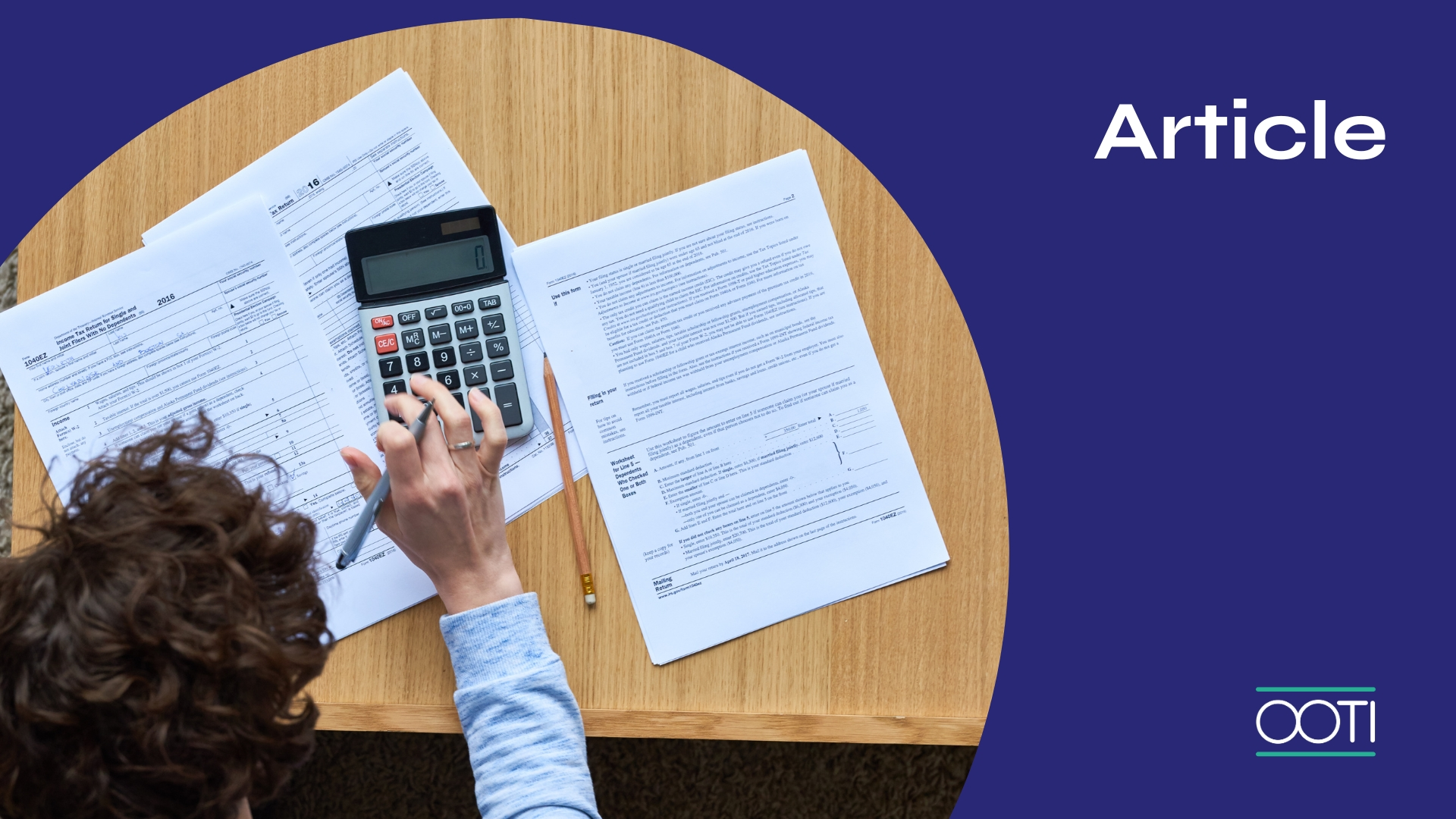
Optimizing Architect Fees for Your Success
.png)
How to simply calculate your fees as an architect?
Properly adjusting your architect fees is the key to building a trusting relationship with your clients. Determining the right pricing is crucial when presenting a quote. The challenge lies in calculating the amount to charge based on the time spent on a project while maintaining transparency with your clients. OOTI highlights the main steps to optimize your fees fairly and equitably, making the calculation process easier than ever for architects!
Different types of Architect Fees
💡Your architect's fees can be invoiced in different ways:
- Percentage of project cost : charge a percentage (usually between 8 and 15 %) of the total project cost.
- Fixed Fee: Determine a set amount for the entire project in advance.
- Hourly Fees: Charge based on the time spent on the project, using an hourly rate.
- Combination: You can combine different calculation methods.Be sure to clearly and precisely mention these details in the architect contract, outlining the fee calculation method, amount, payment schedule, and expected services.
The detail is mentioned clearly and precisely in the architect's contract. It indicates the methods for calculating the fees, the amount and the payment deadlines, as well as the services expected.
Whichever solution you adopt, it is essential to know your hourly rate in order to be able to accurately estimate a quote. With one objective in sight: the profitability !
Understanding Your Hourly Rate for Profitability
The simple method to calculate your hourly rate is by combining the hourly cost with your agency's margin. This involves several steps:
Step 1: Calculate Labor Cost
Start by evaluating the labor cost, adding up the salaries and social charges of your team in your architect agency (or for yourself if you work alone). Divide this cost by the total number of hours worked, considering overtime and paid leave.

Step 2: Determine Overhead costs
Next, calculate the overhead costs, which encompass all essential expenses for running the business, such as rent, utilities, insurance, equipment, and amortization.
Step 3: Estimate General Expenses
Estimate general expenses that are not directly related to production, like advertising, training, travel, and representation. Add them to the overhead costs to get the total company charges.
Step 4: Calculate Hourly Cost
With the total charges at hand, you can estimate the hourly cost. Add the labor cost, overhead costs, and general expenses, then divide by the total hours worked by your team. This will give you the actual cost of each working hour.
Step 5: Determine Profit Margin
To generate income and ensure the longevity of your architect activity, you need to determine a profit margin. This margin represents the difference between the hourly selling price and the hourly cost. Applying a margin rate on the hourly cost is recommended, and it can vary based on company objectives, competition, experience, reputation, location, and the type of project.
Step 6: Calculate Hourly Selling price
The hourly selling price is obtained by adding the profit margin to the hourly cost. It should be competitive in the market, cover all costs, and generate profit. To determine an appropriate hourly selling price, research competitor prices and analyze project specifics (construction or renovation, types of buildings, etc.).

Step 7: Adjust Hourly Rate for specifics projects
In some cases, you may need to adjust the hourly rate based on project size, complexity, specific constraints, deadlines, or client requirements. This adjustment can involve increasing or decreasing the hourly rate, depending on the factors to be considered.
Step 8: Regularly Update the Hourly Rate
It is essential to update the hourly rate regularly based on cost fluctuations (salaries, charges, overhead, etc.) and market conditions. This ensures that the hourly rate remains competitive and aligned with economic reality.
💡Calculating your architect's fees accurately is crucial for the longevity and success of your agency.
This is a valuable asset that allows you to better control its operation. OOTI can help simplify financial analysis and assist in adapting your strategy for better profitability. You've got the gist of it! So, if you want to streamline your tasks, try out our OOTI solution, offering a free 14-day trial!
I don't have time to read everything, can you give me a little summary?
- Your hourly rate is equal to your expenses, divided by the number of hours worked per year to which you apply a margin rate:
Hourly rate = (expenses/number of hours worked per year) x margin (in %) - Adjust the hourly rate according to the specificities of the project or the mission entrusted
- Use OOTI to analyze your financial profitability and adapt your strategy











































